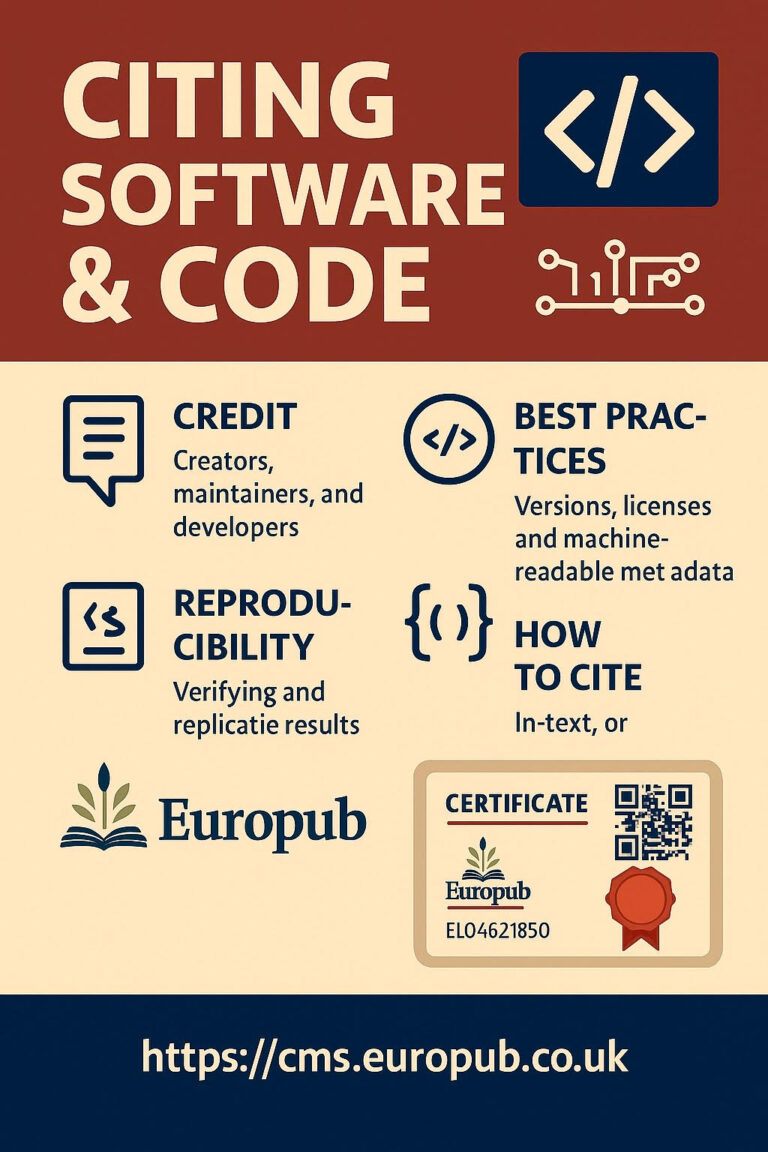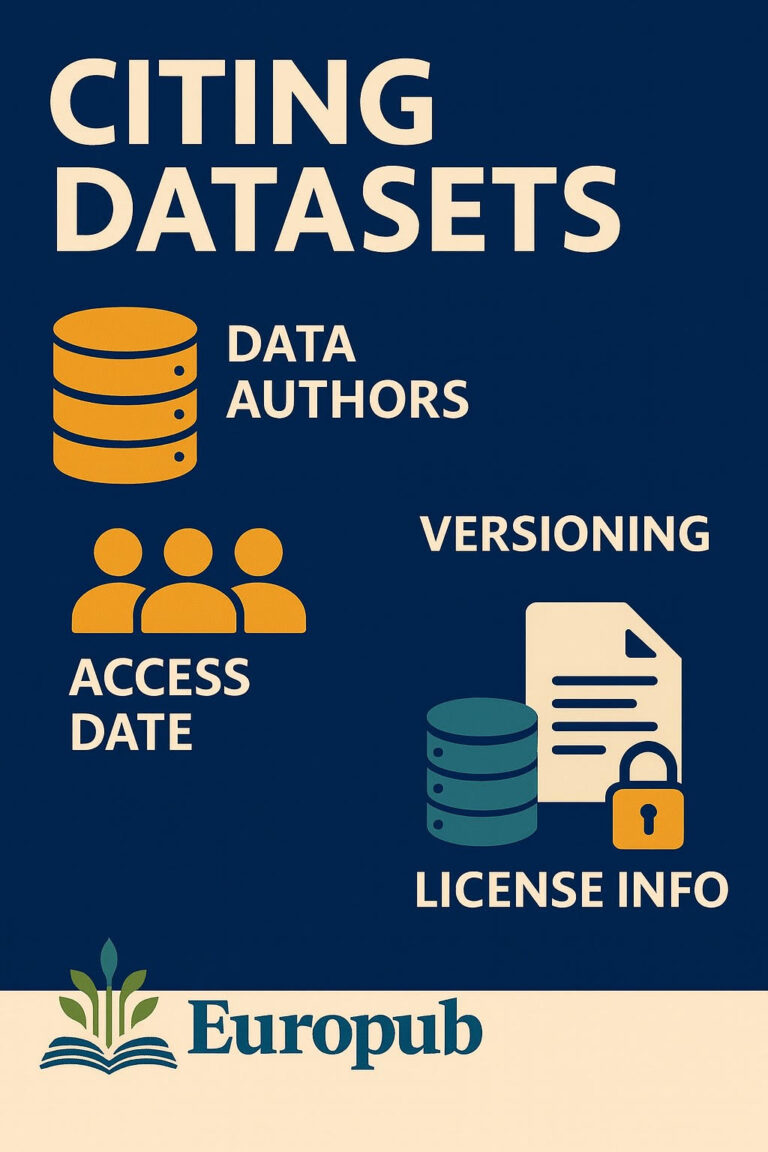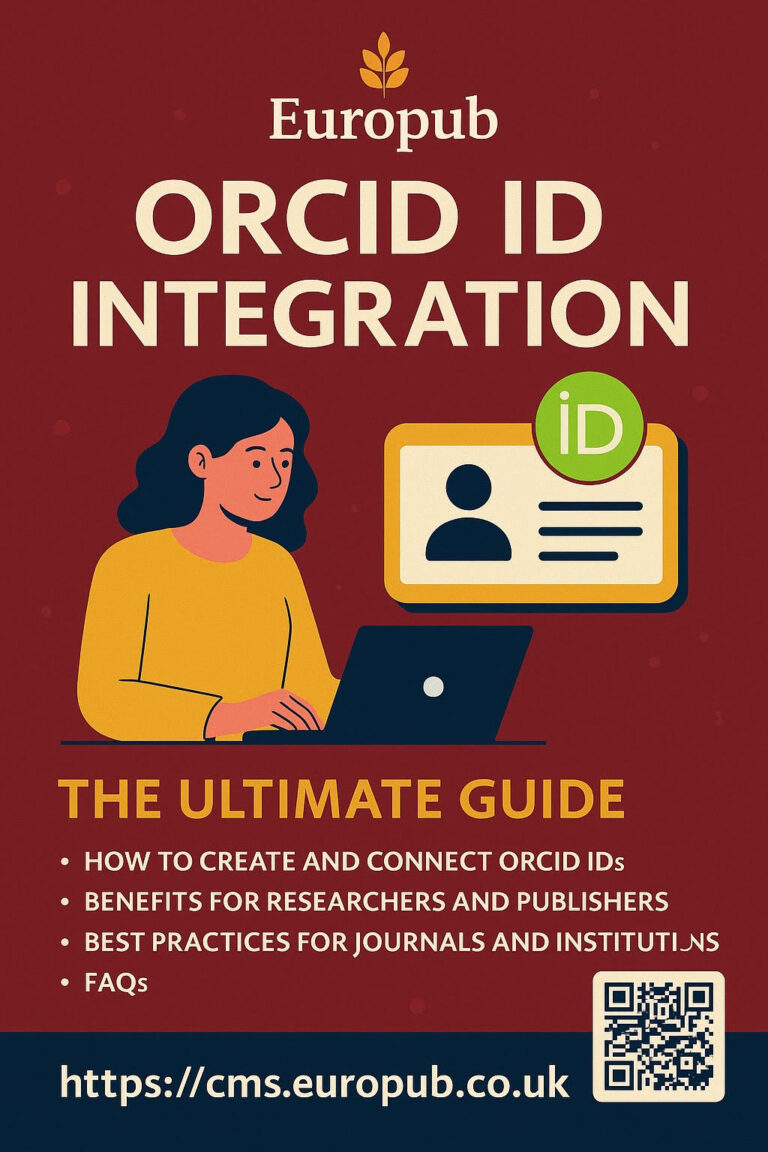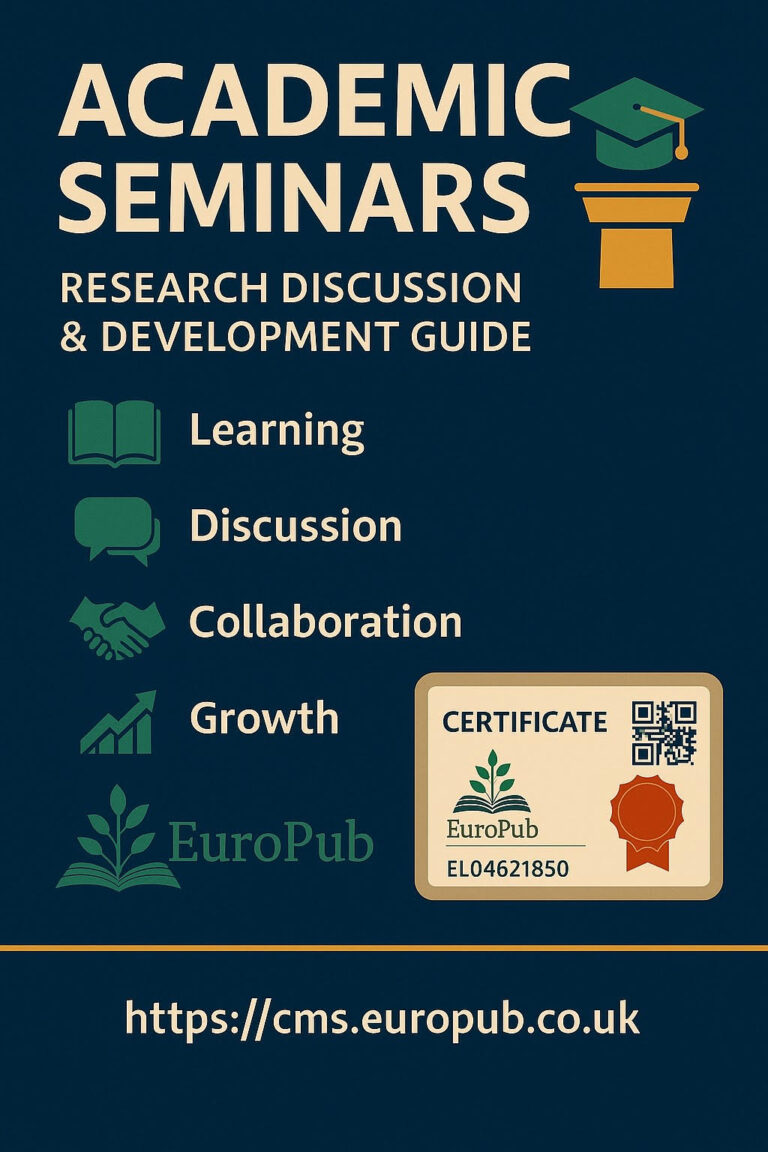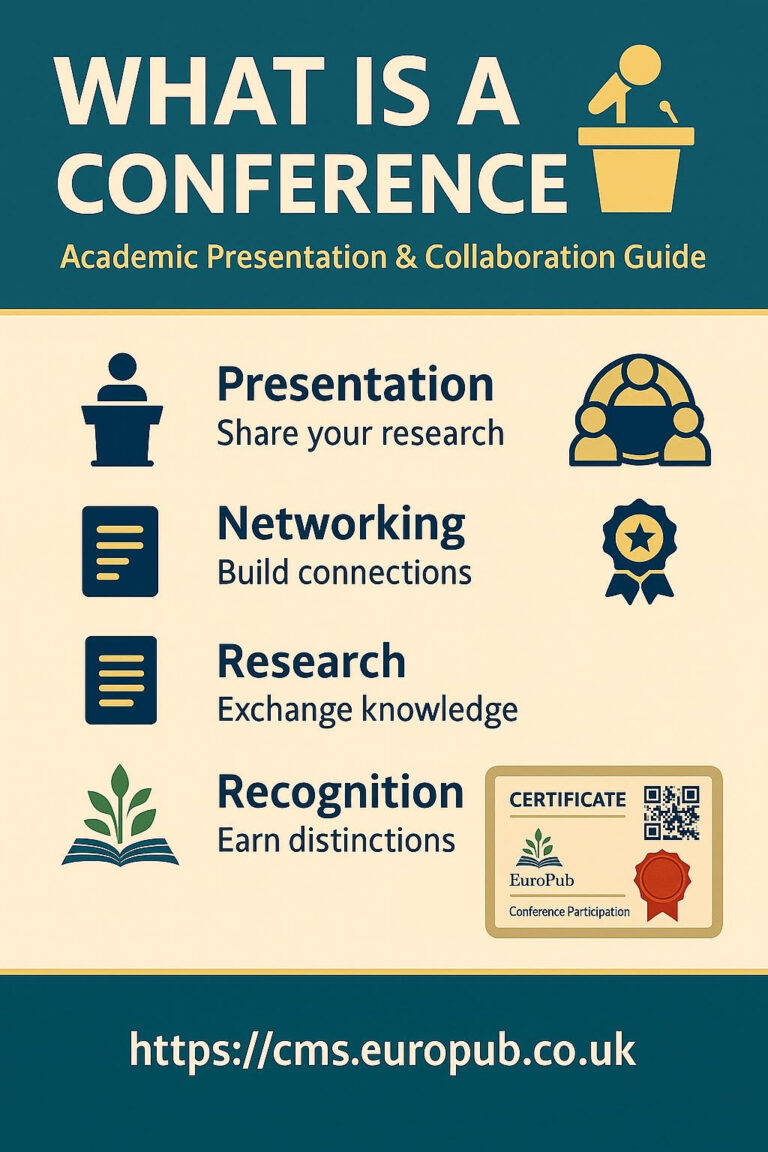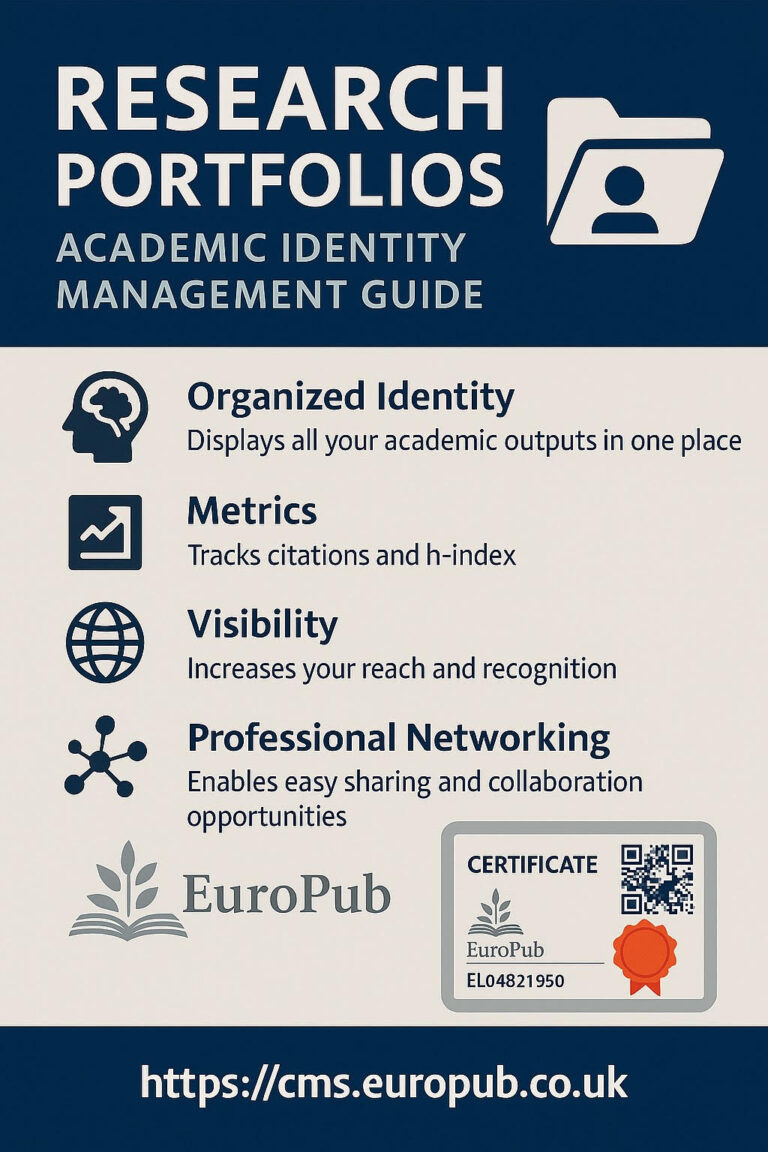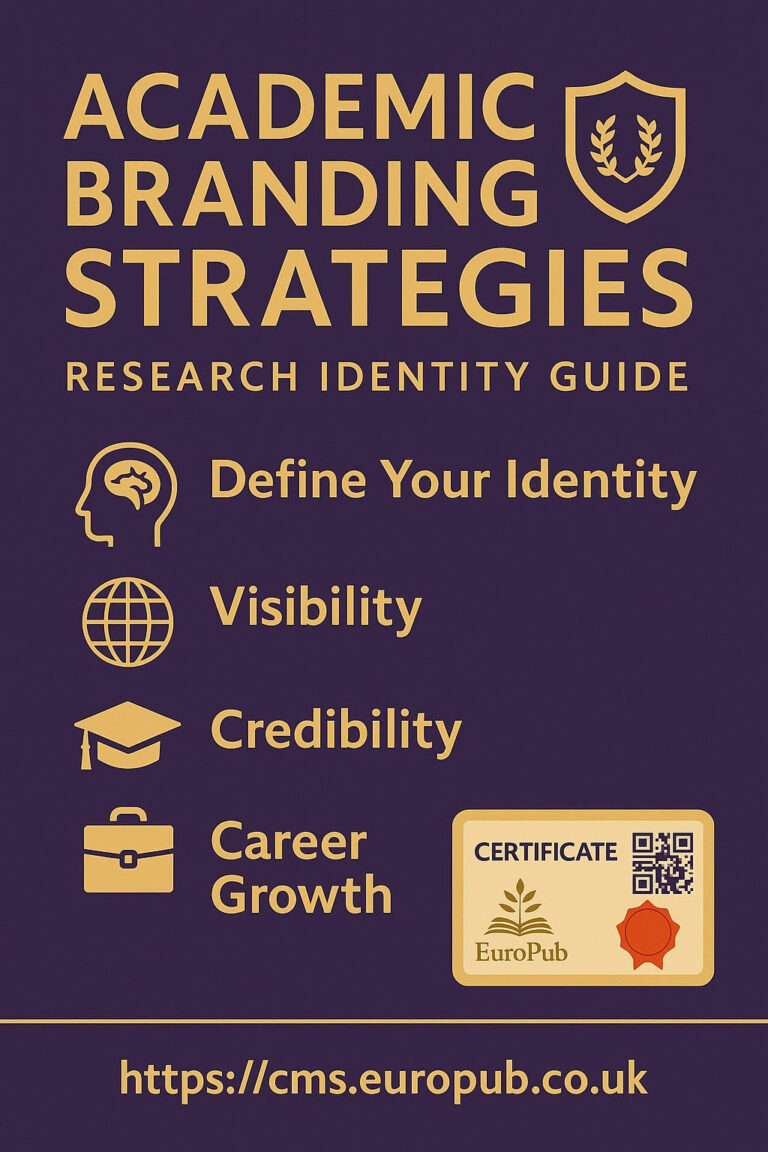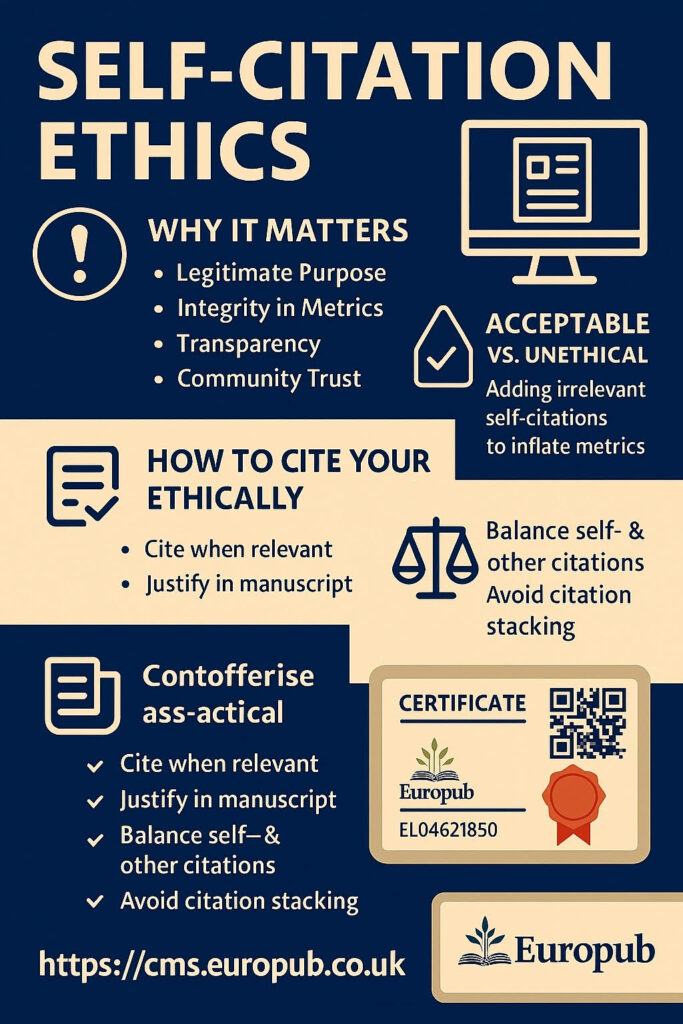
 What Is Self-Citation?
What Is Self-Citation?
Self-citation refers to the practice of citing your own previous works in a new research paper, book, or report. When done appropriately, it reflects continuity and intellectual development in one’s research. When excessive, it may distort metrics such as impact factor, h-index, and citation counts, raising ethical concerns about manipulation.
 Why Self-Citation Matters
Why Self-Citation Matters
- Legitimate Purpose: To provide context or show methodological continuity.
- Integrity in Metrics: Prevents inflated citation indicators.
- Transparency: Makes relationships between your works explicit.
- Community Trust: Builds credibility and prevents perceptions of bias.
- Journal Impact: Excessive author or journal self-citation can affect index listings in Scopus, Web of Science, or DOAJ.
 Acceptable vs. Unethical Self-Citation
Acceptable vs. Unethical Self-Citation
| Category | Description | Example |
|---|---|---|
 Appropriate Self-Citation Appropriate Self-Citation | Supports argument, builds on prior work, or corrects previous findings. | Referring to your earlier dataset or theoretical framework. |
 Borderline Borderline | Mentions prior work even if tangentially related. | Citing previous paper to increase exposure, not relevance. |
 Unethical Unethical | Excessive, manipulative, or coerced citation. | Adding irrelevant self-citations to raise citation count. |
 Institutional and Publisher Policies
Institutional and Publisher Policies
- COPE (Committee on Publication Ethics): Self-citation should be transparent and justifiable.
- Elsevier & Springer: Monitor “citation stacking” and penalize patterns that inflate metrics.
- Scopus Metrics: Journals with >20% self-citations risk removal from citation reports.
- Clarivate JCR: Suspends journals with abnormally high self-citation ratios.
 Types of Self-Citation
Types of Self-Citation
- Author Self-Citation — You cite your own past work.
- Co-author Self-Citation — You cite prior collaborations.
- Journal Self-Citation — Editors request authors to cite papers from the same journal.
- Publisher-Driven Citation — Encouraged citations to raise metrics (unethical).
 How to Manage Self-Citations Ethically
How to Manage Self-Citations Ethically
- Cite only if relevant and contributes to the argument.
- Justify inclusion in the text (“As shown in our prior study…”).
- Ensure balance: cite external sources alongside your work.
- Disclose prior related publications during submission.
- Avoid citation clusters from the same author or journal.
- Use reference management tools to audit duplicate or repeated citations.
 Tools to Audit and Detect Self-Citations
Tools to Audit and Detect Self-Citations
- Scopus Author Profile → shows % self-citations.
- Google Scholar Metrics → manual review possible.
- Publons / Web of Science ResearcherID → citation analytics with self-citation filter.
- VOSviewer → visualize citation networks to detect clusters.
- Zotero / Mendeley → tag and compare citation overlap across works.
 FAQs (Frequently Asked Questions)
FAQs (Frequently Asked Questions)
Q1. What percentage of self-citation is considered acceptable?
 Generally, below 10–15% is acceptable. Beyond 20%, reviewers or indexers may flag the pattern.
Generally, below 10–15% is acceptable. Beyond 20%, reviewers or indexers may flag the pattern.
Q2. How can I explain self-citations to reviewers?
 Provide a note in your cover letter stating that previous works are cited for methodological or theoretical relevance.
Provide a note in your cover letter stating that previous works are cited for methodological or theoretical relevance.
Q3. Do journals penalize self-citations?
 Most journals tolerate reasonable self-citation. However, suspicious citation patterns may trigger editorial review or rejection.
Most journals tolerate reasonable self-citation. However, suspicious citation patterns may trigger editorial review or rejection.
Q4. What about citing the same dataset in multiple papers?
 Perfectly acceptable—provided you clearly mention dataset reuse and avoid double publication.
Perfectly acceptable—provided you clearly mention dataset reuse and avoid double publication.
Q5. Can editors force me to cite journal articles?
 No. Any coercion to add citations without scholarly relevance violates COPE and WAME policies.
No. Any coercion to add citations without scholarly relevance violates COPE and WAME policies.
Q6. How does excessive self-citation affect indexing?
 It can lead to temporary suspension of the journal’s Impact Factor or removal from Scopus/ESCI databases.
It can lead to temporary suspension of the journal’s Impact Factor or removal from Scopus/ESCI databases.
Q7. How can I monitor self-citation ratios?
 Use analytics from Scopus, Dimensions, or Publish or Perish (based on Google Scholar data).
Use analytics from Scopus, Dimensions, or Publish or Perish (based on Google Scholar data).
Q8. Can I remove self-citations retrospectively?
 You cannot delete them from published articles, but you can moderate future use and clarify reasons in your ORCID or researcher profile.
You cannot delete them from published articles, but you can moderate future use and clarify reasons in your ORCID or researcher profile.
Q9. What about team citations (same lab or project)?
 Acceptable if justified by overlapping methods or datasets, but excessive intra-group citations may still raise suspicion.
Acceptable if justified by overlapping methods or datasets, but excessive intra-group citations may still raise suspicion.
Q10. Is self-citation plagiarism?
 No—but unacknowledged reuse of your own text (self-plagiarism) is a separate ethical issue.
No—but unacknowledged reuse of your own text (self-plagiarism) is a separate ethical issue.
Q11. How should I handle reviewer requests for self-citation?
 If legitimate, comply; if irrelevant, politely decline and justify with evidence.
If legitimate, comply; if irrelevant, politely decline and justify with evidence.
Q12. Can bibliometric algorithms misinterpret legitimate patterns?
 Yes, so always contextualize in your author notes and keep your ORCID profile transparent.
Yes, so always contextualize in your author notes and keep your ORCID profile transparent.
Q13. What is a journal’s self-citation rate?
 It’s the percentage of total citations in a year that come from articles published in the same journal.
It’s the percentage of total citations in a year that come from articles published in the same journal.
Q14. Can self-citation help my h-index?
 Slightly, but artificial inflation harms reputation and may be discounted in normalized metrics (Field-Weighted Citation Impact).
Slightly, but artificial inflation harms reputation and may be discounted in normalized metrics (Field-Weighted Citation Impact).
Q15. Does Europub calculate and display self-citation metrics?
 Yes. Europub’s indexing dashboard (https://cms.europub.co.uk) automatically detects author and journal self-citation ratios for transparency.
Yes. Europub’s indexing dashboard (https://cms.europub.co.uk) automatically detects author and journal self-citation ratios for transparency.
 Best Practices Summary
Best Practices Summary
 Cite your own work only when it advances the discussion.
Cite your own work only when it advances the discussion.
 Declare prior related publications.
Declare prior related publications.
 Avoid artificial metric boosting.
Avoid artificial metric boosting.
 Review COPE & publisher ethics.
Review COPE & publisher ethics.
 Use analytics tools to track your ratios.
Use analytics tools to track your ratios.
 Helpful Links
Helpful Links